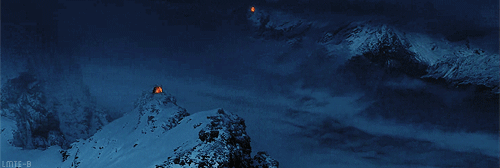BackworldTraveller
SOC-13
How does the 1000D M-Drive limit work?
Within that limit, Full-Power; Outside that, Nil-Acceleration?
I ask because I have a group that need to move between stars 27AU apart...well outside 1000D of both.
Lots of acceleration to 1000D (ensuring there is space to slow down inside the 1000D limit at the other end), Coast, Brake like mad.
While mathematically simple, that limit seems somewhat arbitrary and silly if taken literally.
So - Any suggestions on how to make it "Realistic"?
(It has been postulated that thruster plates are pushing off J-Space and that is why you get magic acceleration - and that might have a plausible 1000D hard limit given how they work for Jump-Drives)
Within that limit, Full-Power; Outside that, Nil-Acceleration?
I ask because I have a group that need to move between stars 27AU apart...well outside 1000D of both.
Lots of acceleration to 1000D (ensuring there is space to slow down inside the 1000D limit at the other end), Coast, Brake like mad.
While mathematically simple, that limit seems somewhat arbitrary and silly if taken literally.
So - Any suggestions on how to make it "Realistic"?
(It has been postulated that thruster plates are pushing off J-Space and that is why you get magic acceleration - and that might have a plausible 1000D hard limit given how they work for Jump-Drives)

